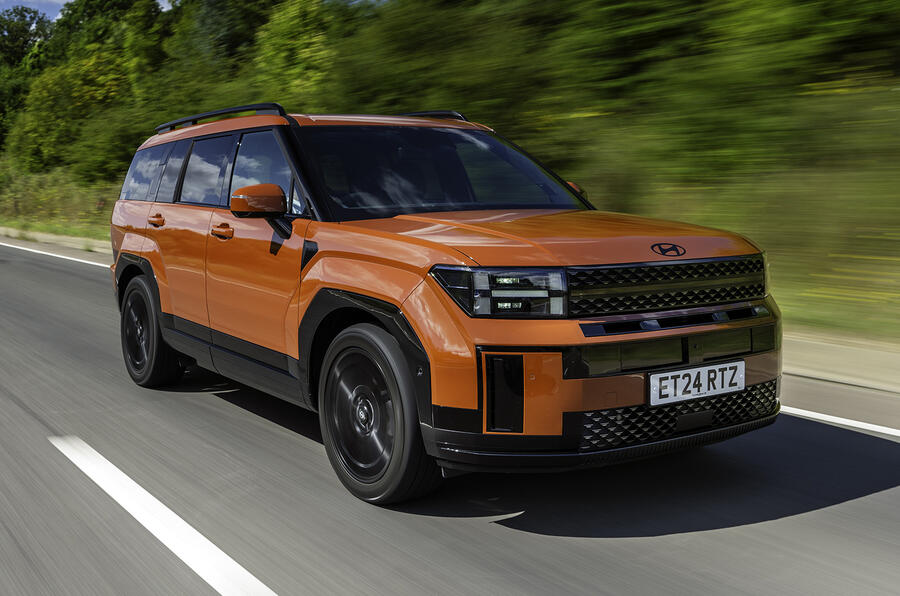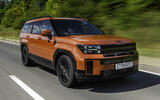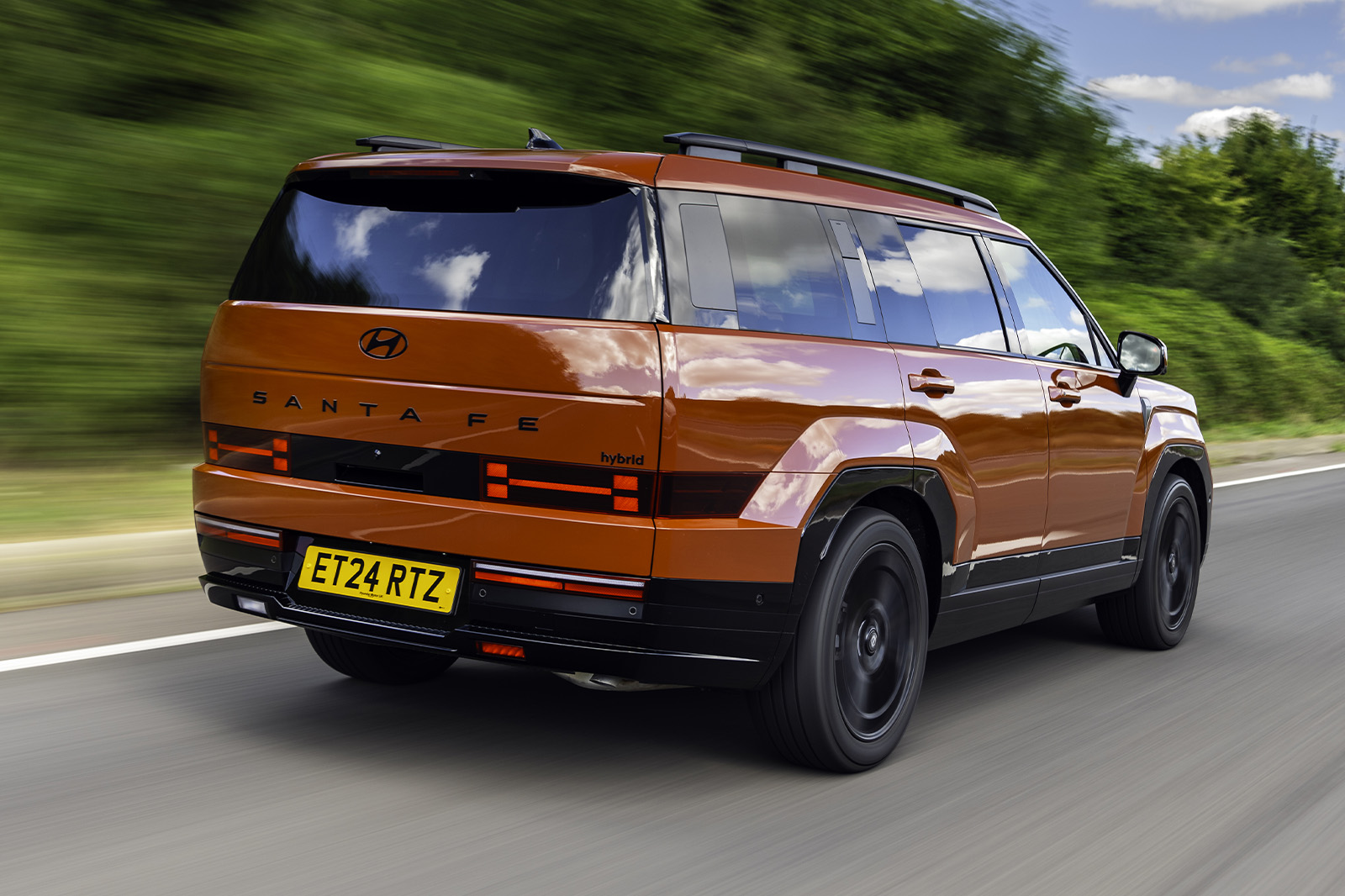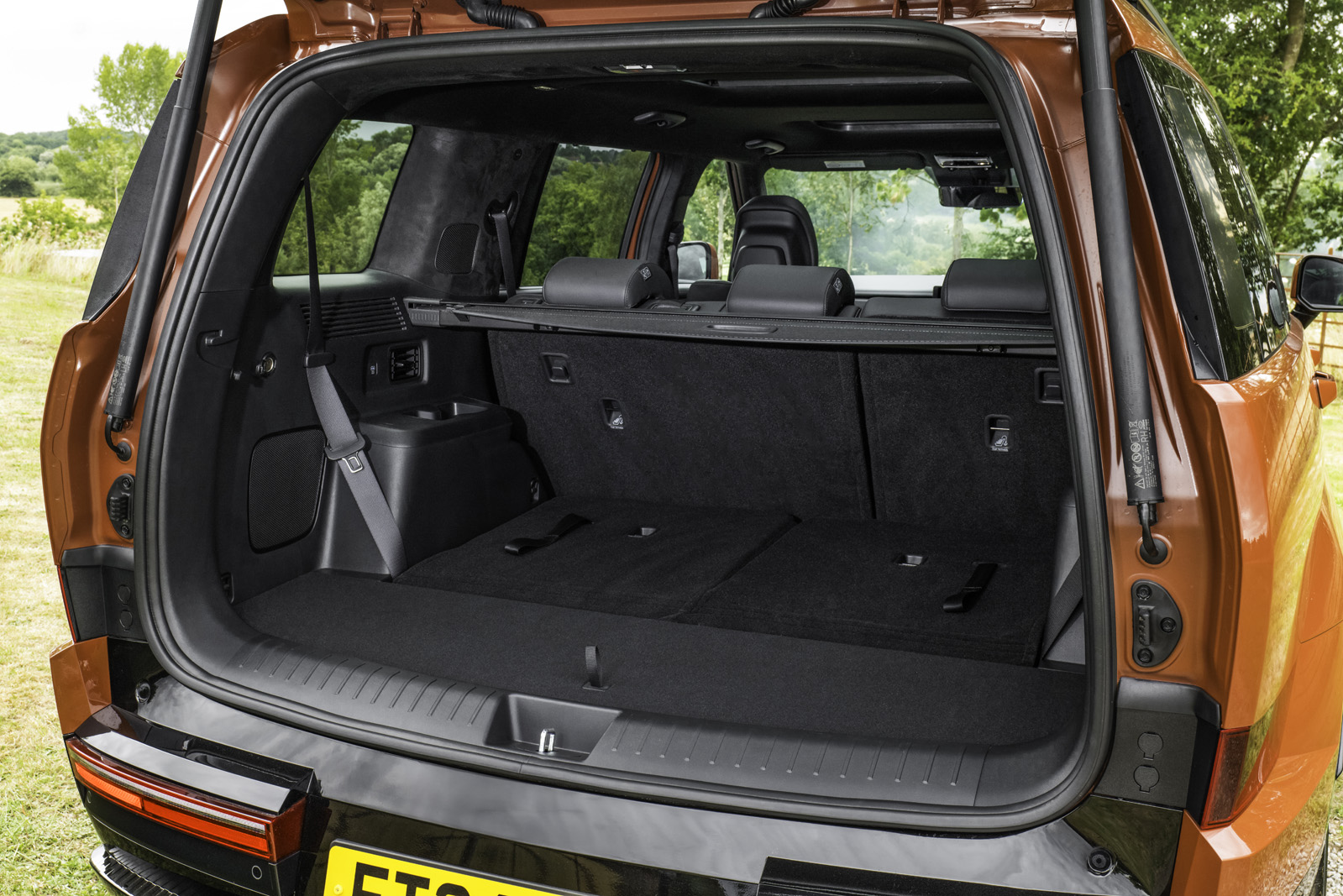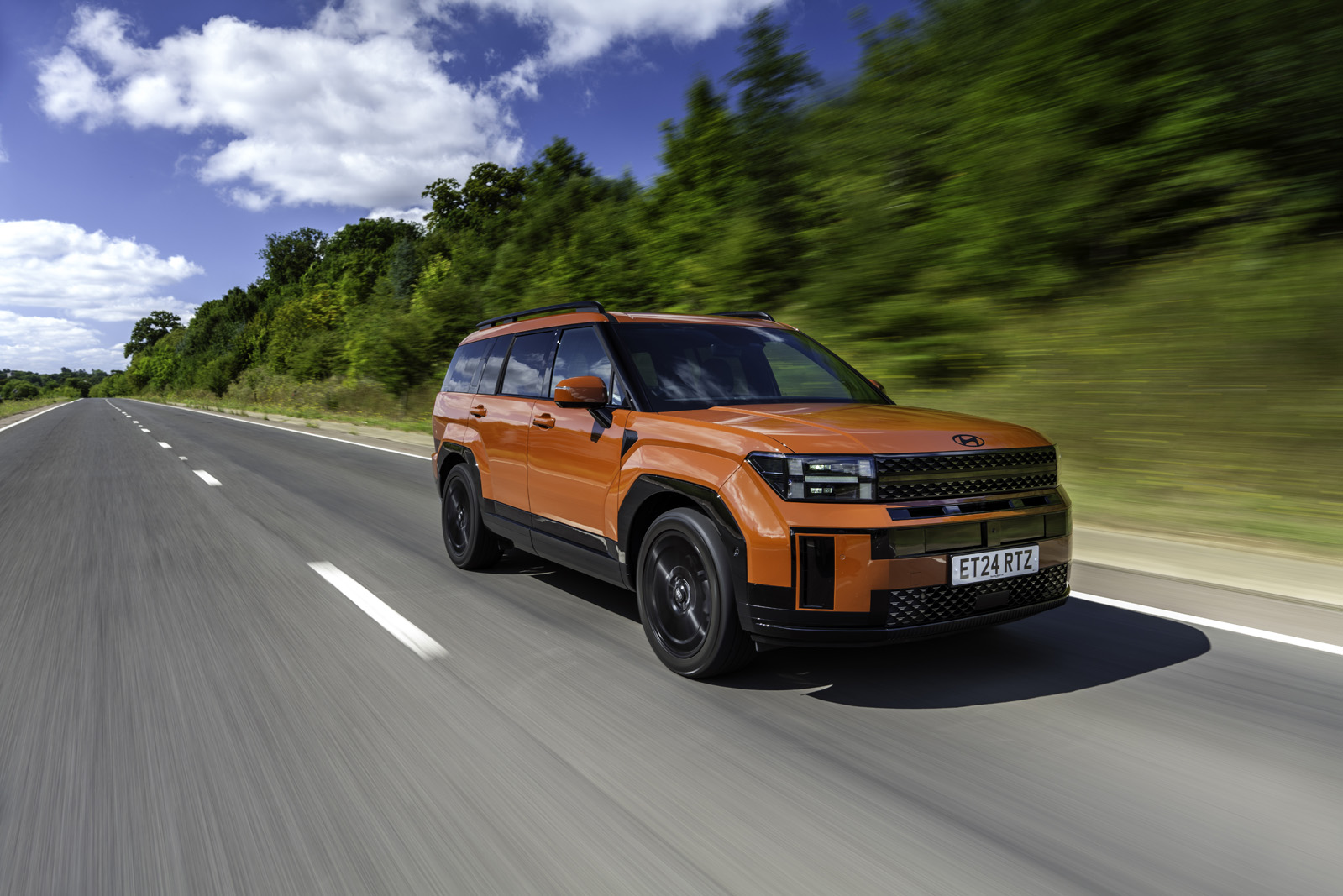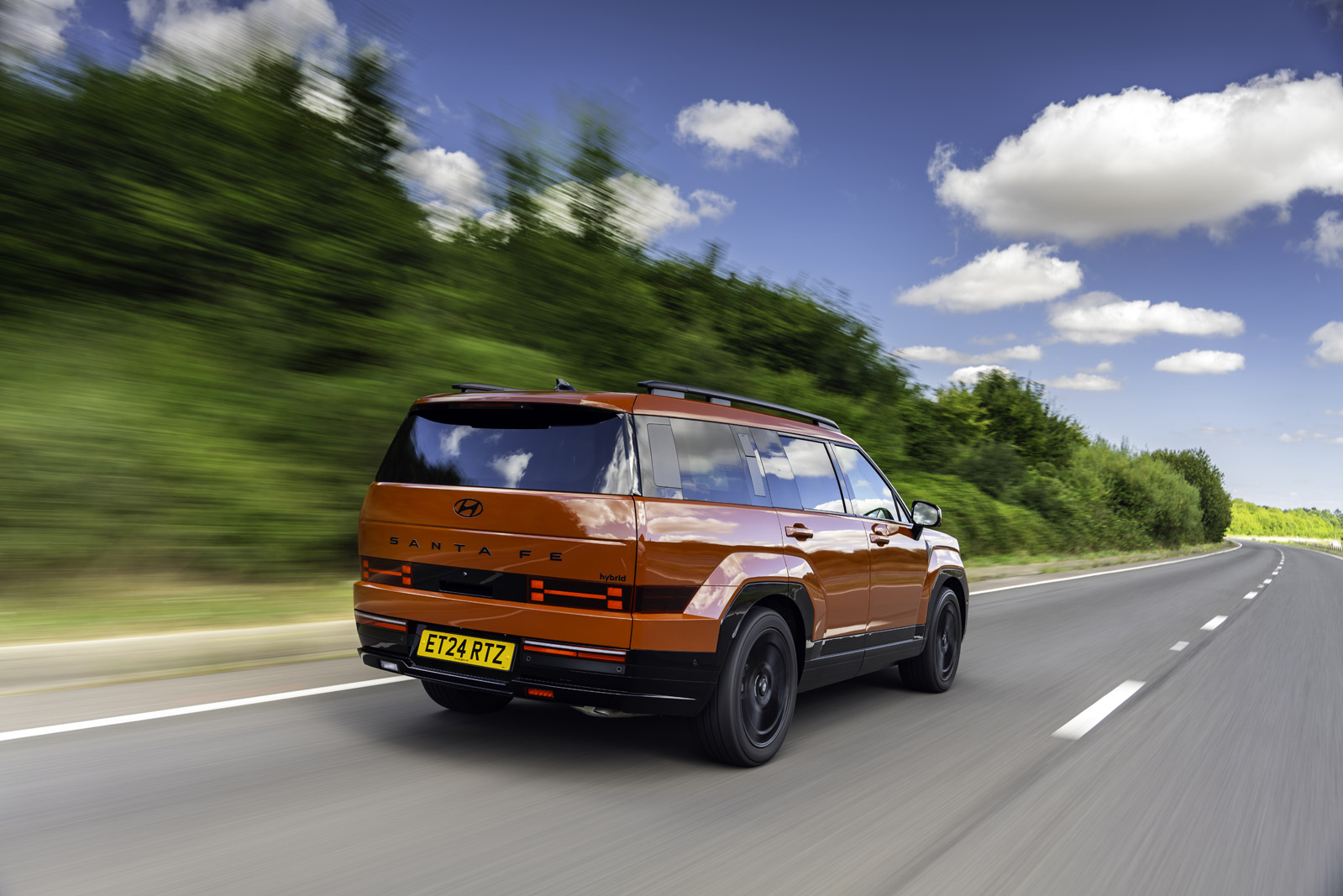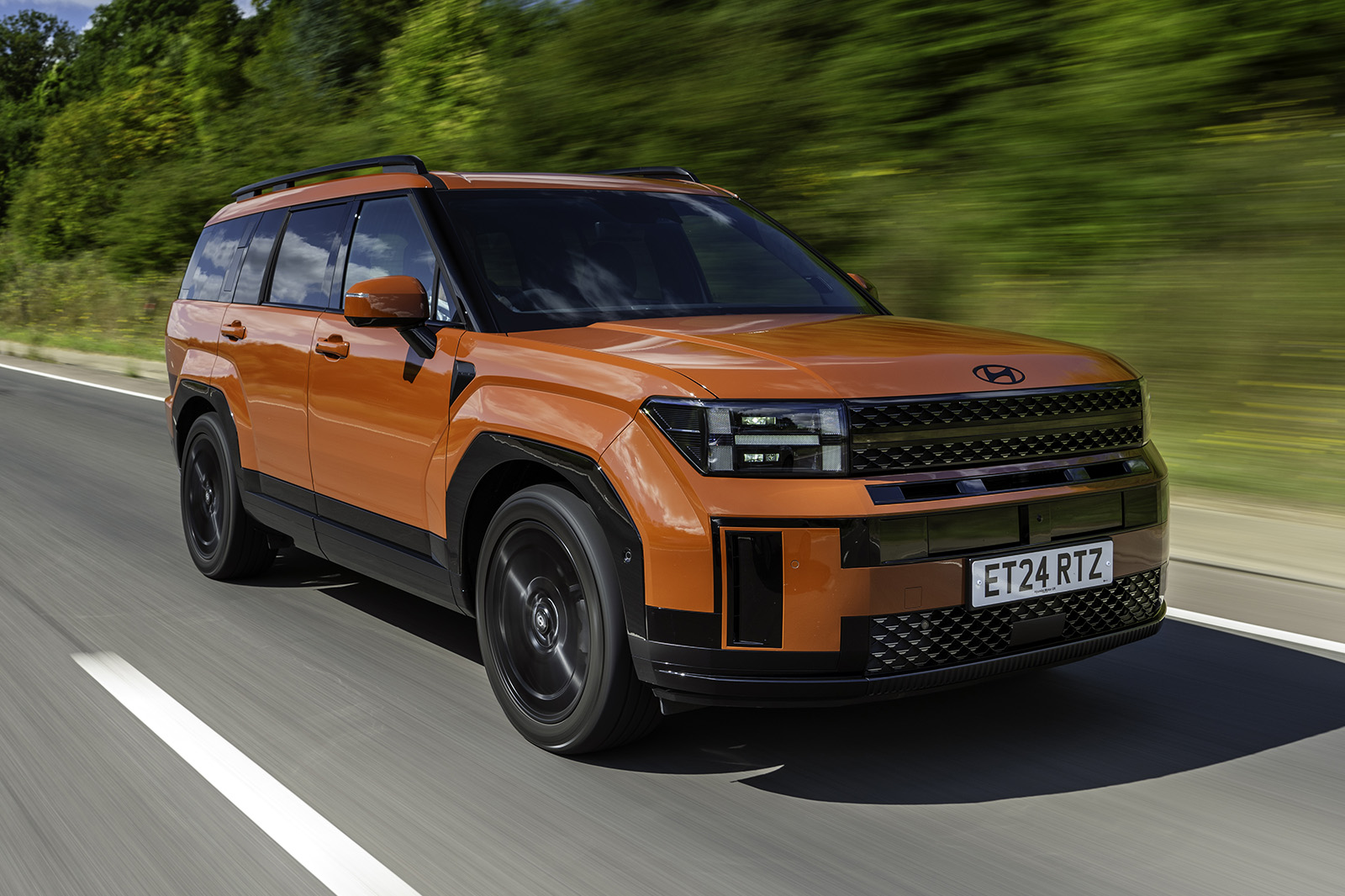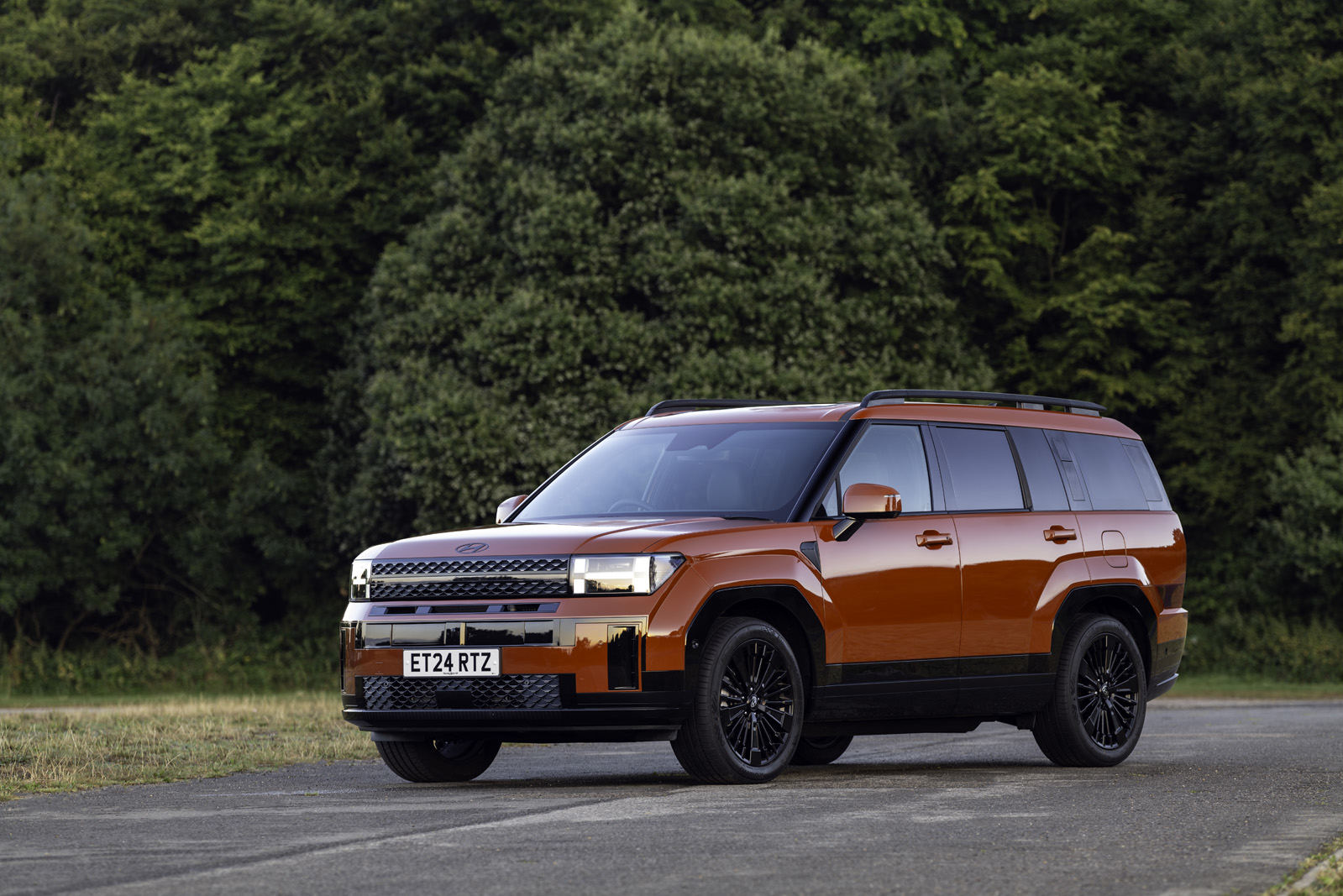With the ever-growing number of SUVs on sale in the UK, it seems that finding one that really stands out is more important than ever. It’s here where Hyundai hopes the new Santa Fe will capitalise.
On unveiling the Mk5 Hyundai Santa Fe, its chief designer SangYup Lee talked about how much of a "big change" the model was over its predecessor, and how "outdoors culture" had become more mainstream, which he wanted the new car to reflect.
A “big change” is an understatement: the new Santa Fe couldn’t look more different to its predecessor. Now much larger and boxier, it carries one of the class's boldest and most visually arresting exteriors.
The interior has undergone a huge change too, receiving an all-new layout that maximises space and comfort. It comes with up to seven seats too, meaning there should be room for the whole family.
There’s even apparently a trend in Korea for campers to just kip in their cars rather than pitch a tent, which Hyundai is looking to play on.
Since the brand started out down this chunky, square-edged path with the new Santa Fe, the reborn Land Rover Defender and modern Ford Bronco have arrived too. Practicality, squareness and ruggedness in these kinds of cars are very much in fashion right now.
But can the Santa Fe use its funky design to its advantage, or is it just another oversized, heavy SUV?
Hyundai Santa Fe range at a glance
The Santa Fe features a fully electrified powertrain line-up, consisting of two engines.



